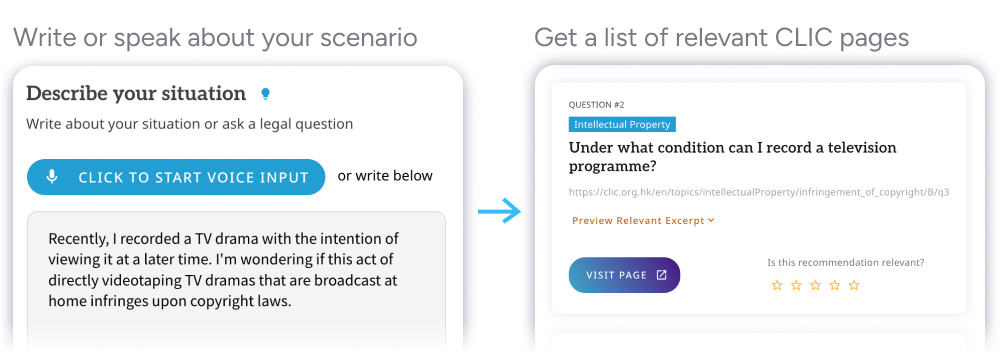3. Rules and directions for the questioning of suspects and taking of statements
The Rules and Directions for the Questioning of Suspects and Taking of Statements covers aspects of cautioning, questioning and interviewing of persons suspected of or already charged with a criminal offence. It is applicable to law enforcement officers including police, immigration officers, Customs and Excise officers, and Independent Commission Against Corruption (ICAC) officers in their investigations.
It is important to note that these are administrative directions, not rules of law, yet they possess considerable importance as embodying the standard of fairness which ought to be observed. It does not limit or circumscribe judicial power; it requires a serious breach to render unfair. A violation of the Rules and Directions for the Questioning of Suspects and Taking of Statements does not automatically make the evidence inadmissible. Only if the judge considers it being unfair after substantial and significant breaches of the rule, then the judge could exercise his discretion to exclude it. If the violation is merely a “bare breach”, meaning that the defendant is likely to make the same statement without such breach, it will not be a sufficient ground for the judge to exercise such residual discretion.
Rule I provides the general power of questioning of police officers. The power is triggered whenever a police officer deems it necessary to obtain potentially useful information for the purpose of determining the occurrence of an offence and identifying the responsible party. This power applies to any person, regardless of whether they are suspected or not.
Rule II serves as a qualification to Rule I by specifying that a police officer must issue a caution to an individual when they have reasonable grounds to suspect that person of committing an offence. Once a police officer possesses evidence that provides reasonable grounds to suspect someone of committing an offence, the officer must issue a caution to the individual before proceeding with further questioning. It is also expected that both the questions asked and the answers given are recorded contemporaneously to the best extent possible.
“Suspecting that a person has committed an offence” is a lesser bar than “enough evidence to prefer a charge.” This issue is evaluated objectively. If a police officer believes they do not have enough evidence to prefer a charge, the court will assess if this belief is reasonable based on the information available to the police officer at that time. The arresting officer must be equipped with a sufficient factual basis to found, in his own mind, a genuine and reasonable suspicion. However, when a police officer has enough evidence to prefer a charge against the suspect for the offence, he should without delay cause that person to be charged or informed that he may be prosecuted for the offence.
Rule III:
Where a person is charged with or informed that he may be prosecuted for an offence, he shall be cautioned in the following terms: “Do you wish to say anything? You are not obliged to say anything unless you wish to do so but whatever you say will be taken down in writing and may be given in evidence.”
It is only in exceptional cases that questions relating to the offence should be put to the accused person after he has been charged or informed that he may be prosecuted. Such questions may be put where they are necessary for the purpose of preventing or minimizing harm or loss to some other person or the public or for clearing up an ambiguity in a previous answer or statement.
Before any such questions are put, the accused should be cautioned in these terms: “I wish to put some questions to you about the offence with which you have been charged (or about the offence for which you may be prosecuted). You are not obliged to answer any of these questions, but if you do, the question and answers will be taken down in writing and may be given in evidence.”
Any questions put and answers given relating to the offence must be contemporaneously recorded in full and the record signed by that person or, if he refuses, by the interrogating officer.
When such a person is being questioned, or elects to make a statement, a contemporaneous record shall be kept, so far as is practicable of the time and place at which any questioning or statement began and ended and of the persons present.
When an individual is charged with a crime or made aware that he could face prosecution, Rule III lays out stricter guidelines for the police. When a person is accused of multiple charges but only one of them is being charged at this time, the situation becomes more complex. A police officer should charge a suspect of a more serious offence or at the very least make sure the suspect is aware of the true nature of the investigation, even if the suspect was cautioned about a particular offence in accordance with Rule III(a).
Rule IV and V provide direction as to how written statements and interview records should be taken. The police officer is not allowed to prompt the person, other than to point out the material matters, regardless of whether the written statement was created by the person or by one of the officers. There is therefore a prima facie violation of the Rules and Directions for the Questioning of Suspects and the Taking of Statements in cases where leading questions were posed after the individual stated he desired to give a written statement.



